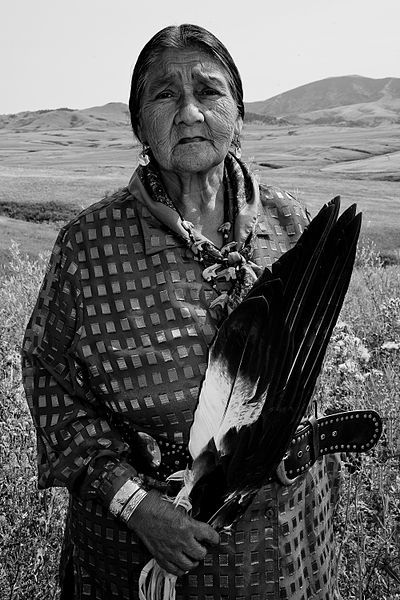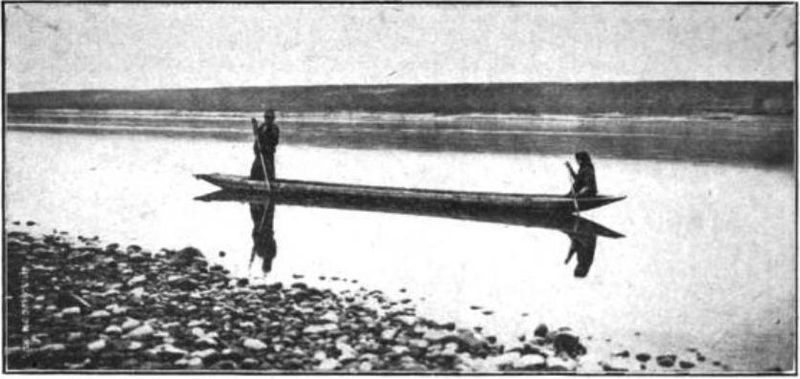White Fir : Relation to Native Communities
Many indigenous peoples are also helping to promote environmental sustainability in areas where white firs grow. The Lakota and Ojibwe nations are planting new trees, including white firs, throughout what is now called Montana, the Dakotas, and Minnesota. The Santa Clara Pueblo people are planting white fir seedlings and other seedlings in the Valles Caldera, which was devastated after a huge wildfire in 2010. Many types of intertribal wilderness area advocacy, such as those above, emphasize ecology instead of lumber, which has significant impacts for land preservation and educational goals. Another result of this intertribal advocacy is increased sovereignty for Native people; when lands are preserved, it is less likely that the government and other citizens will infringe on indigenous lands.
I am Lakota and Ojibwe; as an indigenous person, I feel very strongly that preserving the white fir is an important part of my own Native identity and relationship to the land. This is particularly significant because white firs are abundant on my own tribal lands, throughout Montana, the Dakotas, and Minnesota, as well as in southern regions of Canada.
Many Native people throughout what is now called the United States use white fir bark to make canoes. The Kootenai and Kalispell Indians use white fir bark on frames of alder, willow, and cedar to create canoes in order to travel across Lake Pend Oreille in northern Idaho. Kootenai and Kalispell people, like many indigenous peoples in that region, eat a lot of fish that they catch themselves, which makes canoes a significant tool in their livelihoods.


